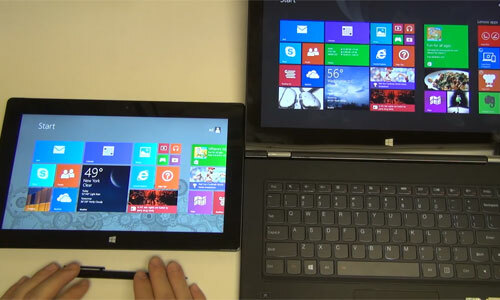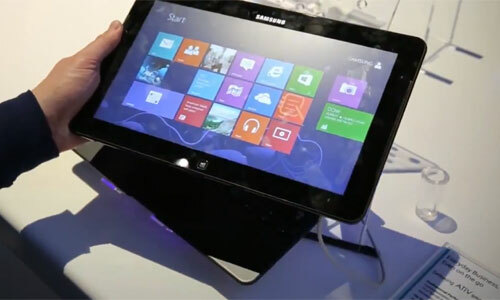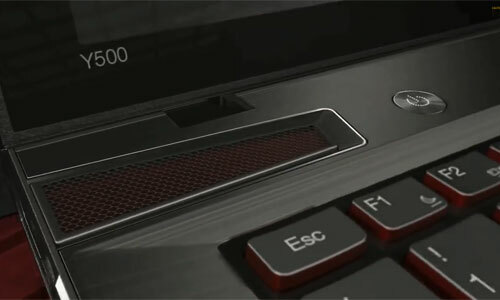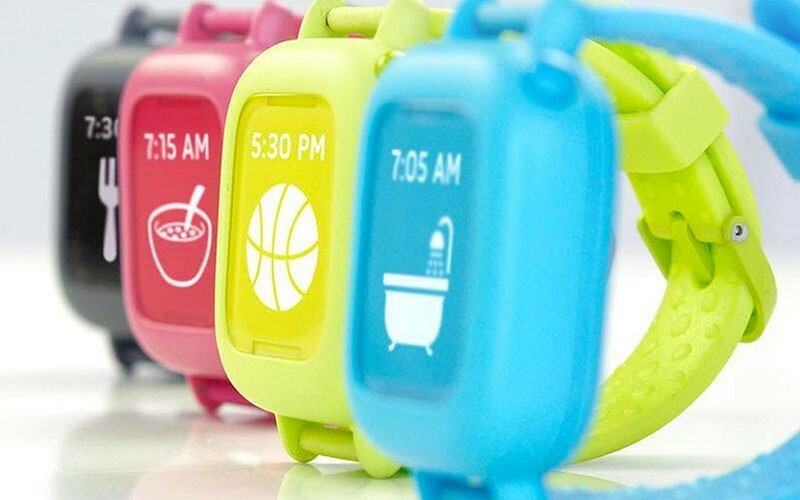In this age of mobility, the developers of computer technology make every effort to get rid of the attachment to the workplace. So there were laptops, and then netbooks and tablets. All these very compact computers are extremely convenient for people who are constantly on the road, on business trips. Users have long appreciated the significant superiority of the laptop in relation to stationary stationary machines. But the question is, how do the tablets differ from laptops, requires explanation.

Purpose
The tablet is designed to perform the following tasks:
- viewing movies;
- reading books;
- listening to music;
- using the Internet.
The functions of the laptop are wider: it is a full replacement for a desktop PC.However, at the same price, the performance of a laptop is inferior to that of a desktop computer.
Constructive differences
Laptop consists of two parts:
- basis, inside which is the entire computer "stuffing", and outside - the keyboard;
- covers( "concurrently" it is a display).
The tablet looks like a display, framed by a narrow mask. Under the touch screen is placed the necessary equipment to ensure the functioning of the device.
Overall dimensions and weight
The weight of the plates is from 400 to 1000 grams. The sizes of different models are determined by the diagonal of the display. On sale are tablets, the diagonal of which is only 5-6 inches. But such products are not suitable for high-grade work, they almost do not differ from smartphones. More and more on the market appears models with a diagonal of 11.6-12.5 inches. The models of this class are equipped with a keyboard-dockstation. In the assembled form with them you can work, as well as with laptops. On average, the dimensions of such tablets are 200x120x13 mm.
Laptops are much heavier than tablets. Their weight can reach five kilograms. The overall dimensions of them also surpass the tablets: notebooks with a fifteen-seventeen-inch diagonal of the screen use the greatest demand.
Performance
In this issue, the advantage is undeniable on the side of the laptop. It is perfectly managed not only with text, but also graphical editors, gaming applications. Most often, notebooks use the well-known Windows operating system. Tablets are equipped with Android or iOS, which are very different from Windows.
True, some tablet models use Windows, but, according to users, this solution is not entirely successful. Platforms used in tablets require special applications for the OS.As for laptops, now there are no problems with software that works correctly with Windows 7. Therefore, on such equipment you can perform tasks of any complexity.

In addition, laptops can connect a lot of peripherals, which can not be said about the tablets. Yes, and working with a touch screen requires special skills from those who are used to working with the keyboard and mouse.
Stand-alone power supply
The laptop batteries are usually under three to four hours of operation under heavy load. In some new models, this figure reaches eight hours. But the tablets clearly benefit: the time of their work until the next recharge of the battery is more than 10 hours. This fact makes the tablet attractive for people on a long trip. By the way, the tablet from the netbook also differs in this parameter in the positive direction: at the moment the netbook can work up to 9 hours without recharging.
Memory
Achieving the compactness of any equipment, there are some characteristics to sacrifice. In the case of tablets, memory was damaged: it is within 4-8 GB.Moreover, if in notebooks, the permanent and operational memory is removable modules, then in the plates ROM and RAM are soldered into the "motherboard" and can not be replaced. If the tablet model has an SD card slot, you can purchase additional memory, but this leads to a more expensive purchase.
Price for
The difference between a laptop and a tablet affects the price. Since tablets on the computer equipment market have appeared relatively recently, their cost still remains at a high level. Starting price is from 15 thousand rubles. At the same time, a laptop for performing standard tasks can be purchased for 9 thousand rubles. True, a powerful laptop will pull 20,000 rubles.

Standalone devices
Laptop is an absolutely autonomous system with the ability to download data, various programs and backup. For most of the tablets, an additional computer is required, not only for backup, but also for their activation. You can activate the device with someone else's computer, but you still have to solve the problem of purchasing an external drive: it may be necessary if you need to temporarily remove an application( for example, to free space).
Repairability of
There are no problems with laptop repair: almost all nodes and modules of the device are subject to replacement. About tablets this can not be said: not only repair, but also maintenance of portable computers presents a certain complexity.
The main difference between a tablet and a laptop is its purpose. Each of the devices has inherent advantages, on which the choice between them depends. Everything depends on what tasks the user is going to perform, and in what conditions he is going to do it. For example, it is unlikely that anyone will risk using the laptop in the subway, but the tablet in this situation will be quite appropriate.

